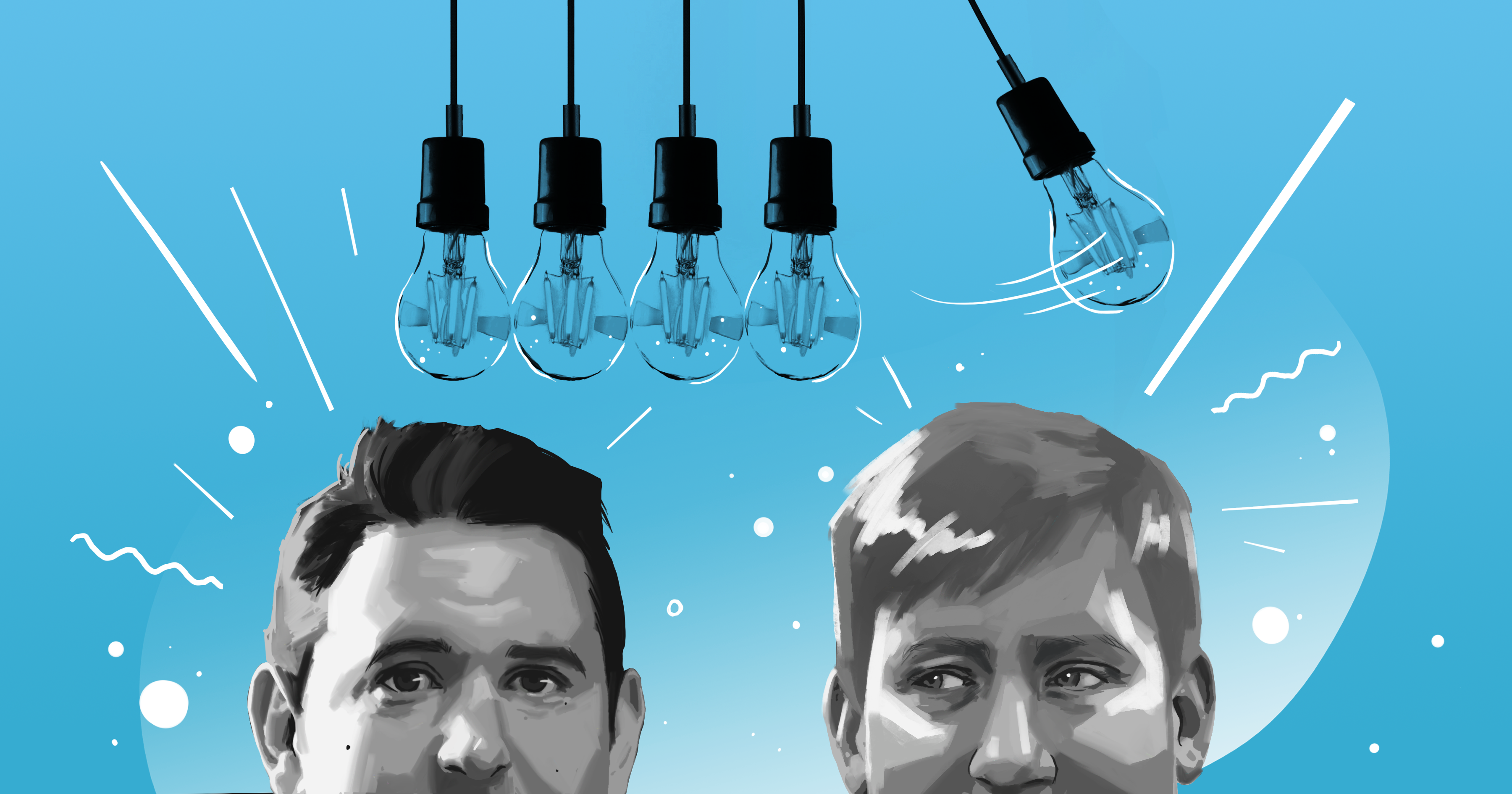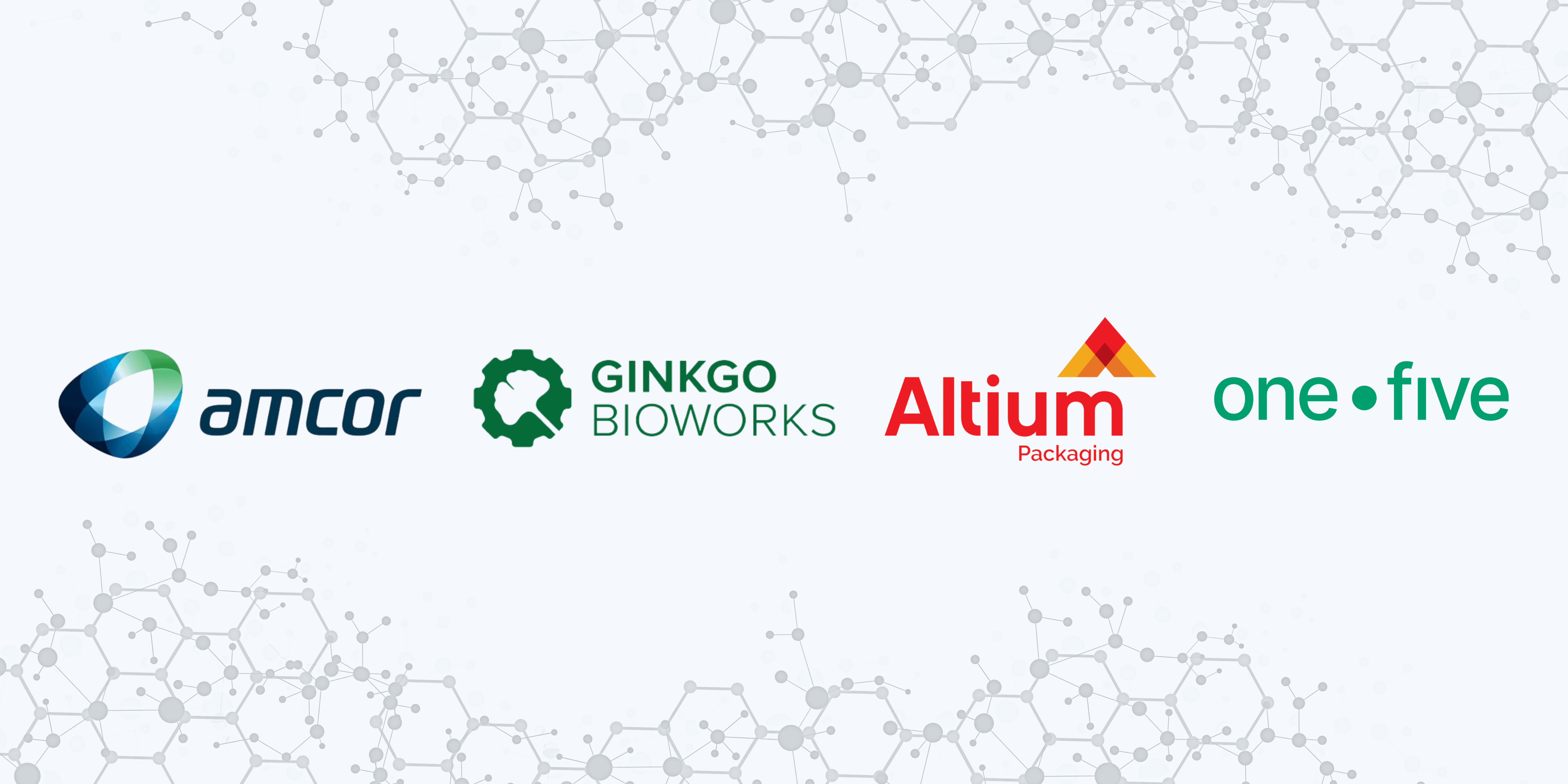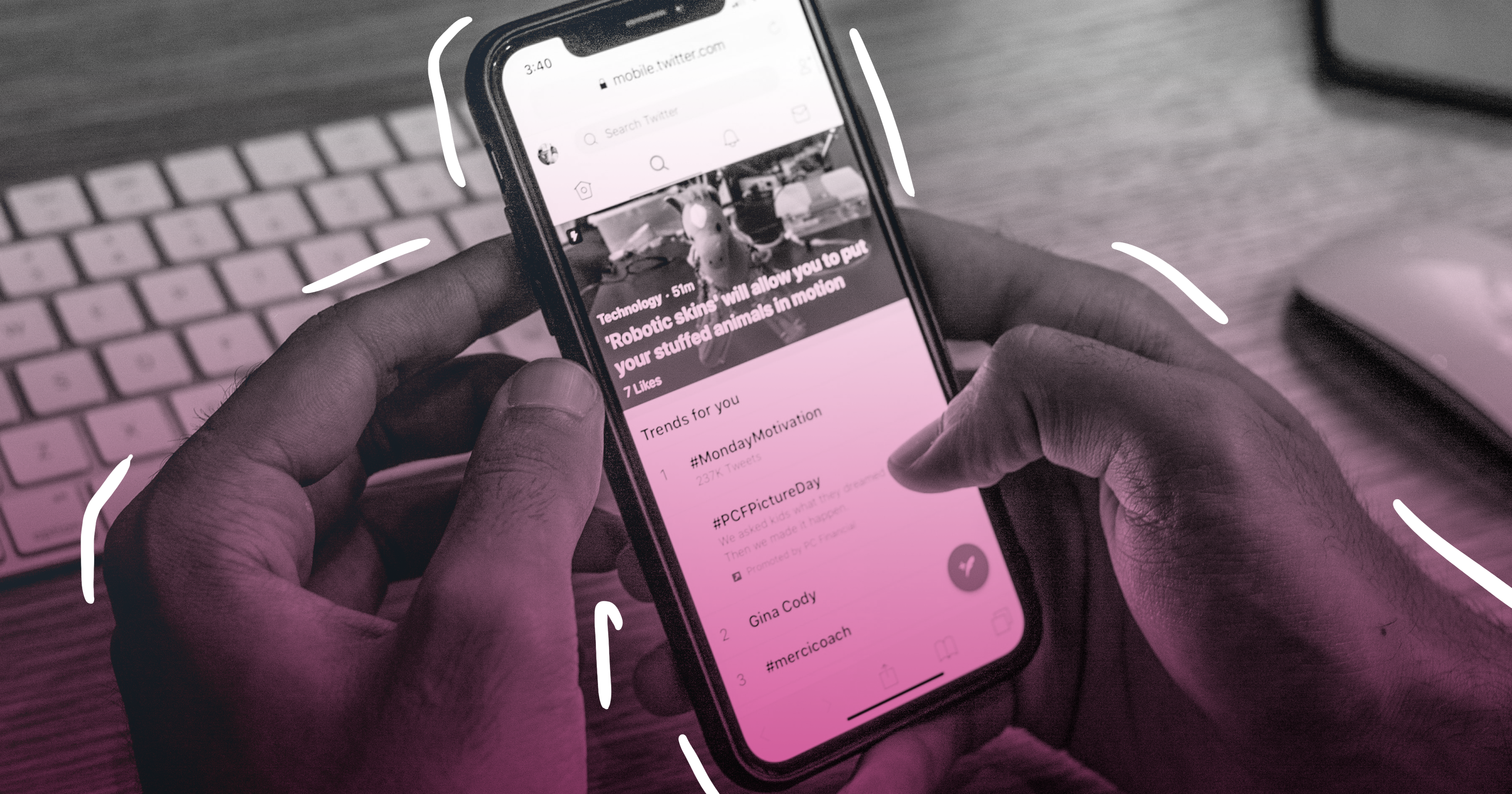Halo CEO Kevin Leland and Bayer Open Innovation Lead Phil Taylor sat down with Village Global Co-Founder and Partner Erik Torenberg for a new episode of the VC firm’s podcast series, Venture Stories.
The three gathered to discuss the evolution of Halo’s platform and how it facilitates external innovation by providing a space for companies and scientists to connect.
“This world has become so interdisciplinary. There’s so much overlap in terms of the technology interests that companies have, regardless of what industry they’re in,” said Leland. “That’s part of what we’re trying to accomplish with Halo: to make some of these interests and focus areas less opaque, so that we can more programmatically connect industry partners with the scientists who are working on the same problem.”
Listen to the full episode here or read the transcript below.
Erik Torenberg: Hey everybody, it’s Erik Torenberg, Co-founder and Partner at Village Global, a network-driven venture firm. Welcome to another episode of Venture Stories, a podcast covering topics related to tech and business with world leading experts.
I’m here today joined by two very special guests, Kevin Leland and Phil Taylor. Welcome to the podcast.
Kevin Leland: Thanks for having us.
Phil Taylor: Thank you.
Erik Torenberg: So Kevin, you’re the co-founder and CEO of Halo. What is Halo and how’d you come to start it?
Kevin Leland: Halo is a market network where companies can connect directly with scientists and startups for research collaborations. It works a little bit like a LinkedIn for recruiting solutions, only instead of companies posting jobs, companies are posting RFPs around their research interests and scientists are submitting proposals.
The original concept actually was crowdfunding for medical research. We would work with tech transfer offices at universities to identify promising discoveries and then try to connect them with donors who could fund de-risking research projects to scale what they call the ‘valley of death’ in drug development.
That original concept was really challenging, but it clued me into this even bigger opportunity, bigger challenge. A company or a scientist doesn’t just need funding. Of course, funding is helpful, but they really need the resources and the expertise of industry. Meanwhile, I saw companies were looking more and more externally at scientists and startups for collaborations, because they were realizing they weren’t as effective at the early-stage discovery research: they were better at the later commercialization stages.
But, the way that those two parties were connecting was completely archaic. To me, it reminded me of how recruiting worked in the 90s, before the internet, where you would go to career fairs and email PDFs around, for those who remember those days before you had Monster and LinkedIn.
As an outsider, it seemed that this was an obvious marketplace network solution. So, that’s how we pivoted. We launched in January of 2020, and now we work with Bayer, Pepsi, and many other companies.
Erik Torenberg: To make it more concrete, can you give some examples of things that tech companies can do or would look for with Halo?
Kevin Leland: Phil can speak to this as well, but we worked with Baxter, a healthcare company. It’s one of the largest manufacturers of dialysis solution in the world
Home dialysis is great because then patients don’t have to travel to service centers three or four times a week. It’s more convenient, but the downside is that Baxter has to ship the dialysis solution to patients every month. It’s not a small amount: they have to ship 900 pounds to every single patient in IV bags and boxes. It’s essentially just water. So, you’re wanting to figure out, ‘Hey, you know, imagine if the patients could make the dialysis solution in their home from the tap water’.
That would be a game changer. It would be less of a burden on the patient, and it would save Baxter tens of millions of dollars. The technical challenge is that you would have to remove the chlorine from the water because it’s toxic if it goes in the bloodstream. So, they posted an RFP on Halo for technologies to remove chlorine from water.
They’d have to get rid of the mineral content from tap water and come up with a sensor, so the patients themselves could verify themselves that there was no chlorine in the water. That’s just one RFP that was posted on Halo, but essentially, it’s any sort of technology interest that a company might have and that they’re curious about.
Other startups and scientists that may be working on the same exact problem. This is another recent example outside of Halo, but the vaccines that were developed by Pfizer, AstraZeneca, and Moderna were based on collaborations with universities like Vanderbilt and Oxford, with scientists that had already brought a technology to a certain level. They then partnered up with the pharma companies who have the resources to bring it to market.
Erik Torenberg: Why don’t we segue into Bayer? Why did you think Phil would be interesting to bring on? What’s the connection?
Kevin Leland: He’s just a great guy. Bayer is obviously a giant in so many categories. Phil can speak more to this, but he works in the crop science division, which came as a result of the Monsanto acquisition. They also have huge business in pharmaceuticals and in consumer products, like Bayer Aspirin, Aleve, et cetera. It’s the perfect partner for Halo because of that diversity of research interests.
We were able to connect simply through LinkedIn. I reached out blindly to one of his colleagues and told them what Halo was and wanted to know if open innovation and external R&D was a topic that they were interested in. He connected me with Phil.
Erik Torenberg: Phil, what are some of the high-priority projects you’re most excited about? Or, how are you connecting this conversation?
Phil Taylor: Thanks Erik, and thanks Kevin for the preamble.
It was great because external and open innovation is really part of the DNA within Bayer and the crop science division. We are always on the lookout for novel technologies, be they assets for the pipeline or enabling technologies to drive our R&D.
Kevin is absolutely right. He showed up at exactly the right moment. We were getting ready to run one of our pretty sizable signature open innovation programs last year, and we were looking for a new way to do it, a new way to think about it. He connected with a colleague of mine and he reached out to me and said ‘Hey, I think you should talk to Kevin. I think he can really help you put this program together’. We were interested in creating a true open innovation or pre-competitive innovation network.
For our Grants4Ag program, we gave out 24 $10,000 grants, mostly to academics to help them take the first step in applying a technology or an innovation, getting it out of the purely academic setting, and thinking about whether it could have an impact for agriculture. We set this up across our entire R&D landscape, which covers everything from the biology, the seeds and the traits that we develop within Bayer, all the way through to the chemistry and the data science that ties it together.
It was a pretty broad concept and a pretty broad call, and we were able to work with Kevin to define how we would market and position it across very broad global academic networks to bring in applications and opportunities that we would then fund.
The fun part about it, and as Kevin said they launched not that long before we started this conversation, was co-evolving this program together. Kevin would have ideas about how we could make it better, and we would have ideas about how the platform could support what we were doing better. At the end of last year, we funded 24 projects and created a really nice cohort of scientists that are excited to work with us on their projects and connect with Bayer in a totally new way.
Erik Torenberg: Part of this conversation is open innovation, so let’s unpack that. What is open innovation in this context, and how has it evolved over time?
Phil Taylor: Open innovation for me is simply the art of saying we can’t do everything. Bayer is in a tremendously fortunate position in that we have one of, if not the largest, R&D organizations in agriculture.
But, it’s very clear to us that given the complexity of the challenges and the diversity of the applications of agriculture all around the world, we can’t solve all these problems alone. We can’t invent all the technology that’s needed, and we positioned the strategic partnerships team to look externally to bring in and create those partnerships.
How can I bring the best of the outside in to create novel solutions for our customers? This is really where the work with Kevin made great improvements: it’s also about finding better ways to connect. It’s about finding novel ways to interact and to partner, not to create just one-to-one interactions where we say, ‘you have something I need, let me license it’. We want to create an innovation ecosystem.
It happened this week with two of our Grants4Ag awardees, where they realized they had the ability to solve each other’s problems that they were facing in their respective projects. We got them talking to each other, working through the Halo network with our approach to open innovation. This shows us it’s really about connecting people, getting the best science done, and striving to be impactful as possible.
Erik Torenberg: Kevin, what do you find particularly interesting here?
Kevin Leland: It’s very satisfying because it’s realizing the potential and seeing the impact of what started as a kernel of an idea.
When I initially recognized that this process was inefficient, I was coming from a completely outsider perspective. I have zero experience in science-related open innovation. I haven’t taken biology since high school. But, I think that was maybe my superpower. I saw how this process could be done more efficiently and how other models have worked incredibly efficiently in other industries and on internet-enabled platforms.
We borrowed the best of the best from different market networks with Halo, creating a combination of this marketplace component with research interests from companies, as well as this network component that Phil spoke about.
The other big component is our proposal system, which is kind of like an ATS but saves companies the headache of working through email and Excel documents like in the past. So, it is really gratifying to hear Phil speak on how some of these connections have happened organically because of the platform.
Phil Taylor: It’s really neat to talk about the network we’ve built here with our 24 awardees. When we ran the program last year, we actually had over 600 people apply. Of 600 proposals, 500 or so did not get funded, but they’re on the platform now, connected and interested in working with us. When we do this again or come up with a new program, it’s ready to launch, and we can engage with those already in our network.
My hope is that this network will continue to grow and grow.
Erik Torenberg: Can you give any more examples of case studies or success stories here?
Kevin Leland: Half of the drugs currently in the market are based on technologies developed outside of the companies. It’s one stark example of how important it is for these collaborations to happen more efficiently.
The technologies and products in the market today are not just pharma, not just ag. We work with consumer packaged goods companies like Reckitt, which makes Lysol, and Procter & Gamble, another leader in consumer goods. As for open innovation in terms of looking for technologies to bring to market, many of these companies don’t necessarily like to brag that their innovations came from scientists at universities or early-stage startups. But in reality, that’s where many of the breakthrough innovations are happening. Like Phil said, it’s the numbers.
Part of the concept of Halo is to make this world less transactional. Science is very much built on relationships, and that’s very unpredictable. When the technology isn’t primed just yet to be commercialized by a company like Bayer, there are people behind the technologies who are very protective of their ideas. They take pride in them.
If you express early interest when that technology is ready to be commercialized, for example when Bayer can really bring its vast resources and areas of expertise to the table, that’s where the relationship component or the network component comes in to bring it to the world and make an impact. And Phil is seeing the fruits of that right now.
Phil Taylor: When I think about open innovation from Bayer’s perspective, almost every product that we’ve gotten out of the door in the last 10, 20 years has had some elements of external technology baked into it, whether it’s a part of the chemistry of the formulation or one of the genetic elements or how the testing was done.
It’s really critical to make sure that we’re staying on top of that. We think about it now as a diverse toolbox that goes all the way from true pre-competitive programs that we run with Halo to more simple R&D licensing where an academic may have for example discovered a gene as part of their research.
We bring these things into our pipeline and test them to see if we can advance it all the way through to venture creation with a very strategic push. More broadly across the ag industry, creating our own startups and using our own funding vehicles is a chance to allow teams to focus and drill down on a particular topic, whether it’s gene editing or vertical farming.
Some of these things may need some incubation before they can be impactful in the pipeline, but we have a chance to keep them at arm’s length and allow them to develop a set of technologies for the core R&D pipeline. As Kevin says, larger companies are now positioning themselves as development arms for basic research.
Kevin Leland: We’re seeing a ton of traction in the pharmaceutical industry, which has been working with scientists and startups for years even before the term open innovation came to be.
More broadly, sustainability has been a huge focus area to cut across agriculture, packaging, and chemicals. Many companies have set their own goals to become carbon neutral or to eliminate the use of plastic waste by signing onto different pledges. It’s partly because consumers care about it more and more, and it’s partly because there are now regulations making it impossible to even create products with plastic.
Their survival as a product and as a company sometimes depends on becoming more sustainable. If you want to move fast, you can’t just develop these products by yourself. You need to tap into the expertise at all of the world’s greatest universities and startups. So, we now have a variety of sustainability-related challenges on Halo.
For example, PepsiCo is looking for moisture barriers for their potato chip and pretzel bags, their dry packaged goods. Sustainable materials are great, but they’re not so great at keeping moisture out. You don’t want to have the potato chips seeping through the packaging.
It sounds very technical, but it’s a huge problem. Pepsi is just one of many consumer packaged goods companies that cares about this. They want to figure out how to reduce waste and reduce the environmental impact, how to make it more circular and more recyclable.
Phil Taylor: Given the diversity of Bayer’s business, we have made some pretty significant sustainability commitments ourselves. We realize that delivering on those takes a totally different mindset in terms of what products we invent and sell, how we sell them, and how we interact with our customers and the rest of the value chain.
One of the untapped opportunities that Halo facilitates is reaching a diversity of companies to work with in order to look at the same problem across different industries. It’s not just about the biology and the chemistry anymore: it’s about the whole value chain. And, this network and this innovation ecosystem just keeps getting bigger and more diverse.
Kevin Leland: This world has become so interdisciplinary. There’s so much overlap in terms of the technology interests that companies have, regardless of what industry they’re in. That’s part of what we’re trying to accomplish with Halo: to make some of these interests and focus areas less opaque, so that we can more programmatically connect industry partners with the scientists who are working on the same problem.
As a unique example, we work with a roofing company looking for adhesives to keep shingles on roofs that don’t blow off in the wintertime. That would allow roofers to work more periods out of the year. We found some interesting technologies from the medical community with adhesives developed for medical devices.
On their own, they may have never really thought of that. That’s the kind of information we’re collecting on Halo to make more of those connections happen.
Erik Torenberg: Awesome. That’s perhaps a good place to wrap up. Kevin, for people who want to learn more about Halo, where can you point them?
Kevin Leland: They can go to our website.
Erik Torenberg: And Phil, for people who are interested to dive deeper into this conversation, where can you point them?
Phil Taylor: If you jump onto LinkedIn and look for our LifeHub Crop Science showcase page, that’s where we share our open innovation initiatives and programs. We encourage people to connect there or connect with me personally as well.
Erik Torenberg: We’re lucky to have Halo in the Village Global portfolio. Phil, Kevin, thank you so much for coming on the podcast.
Kevin Leland: Thanks, I really appreciate it.








